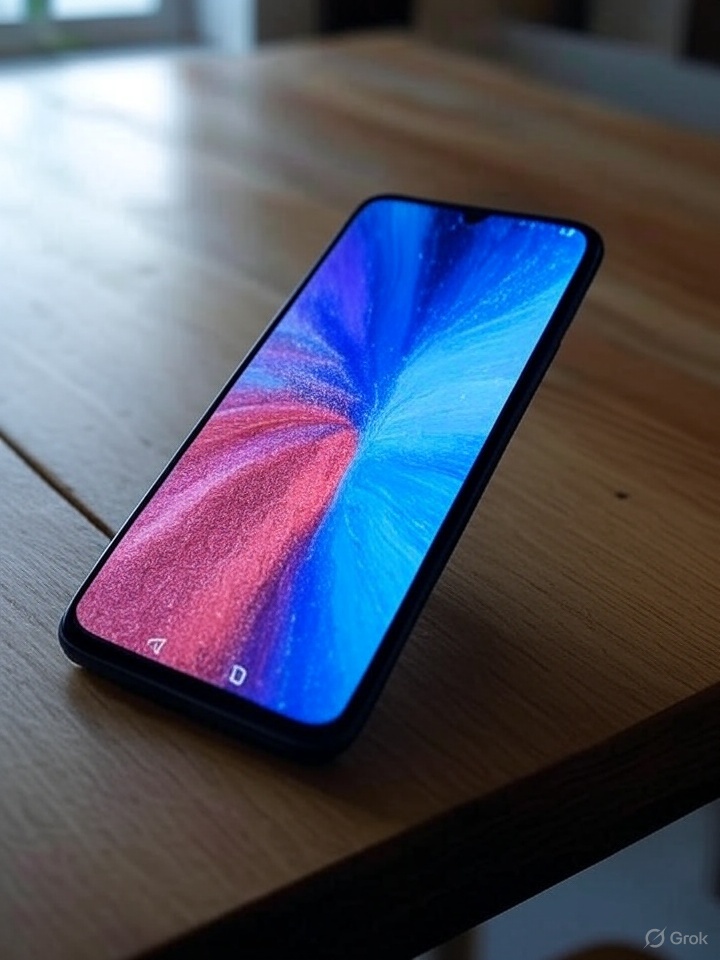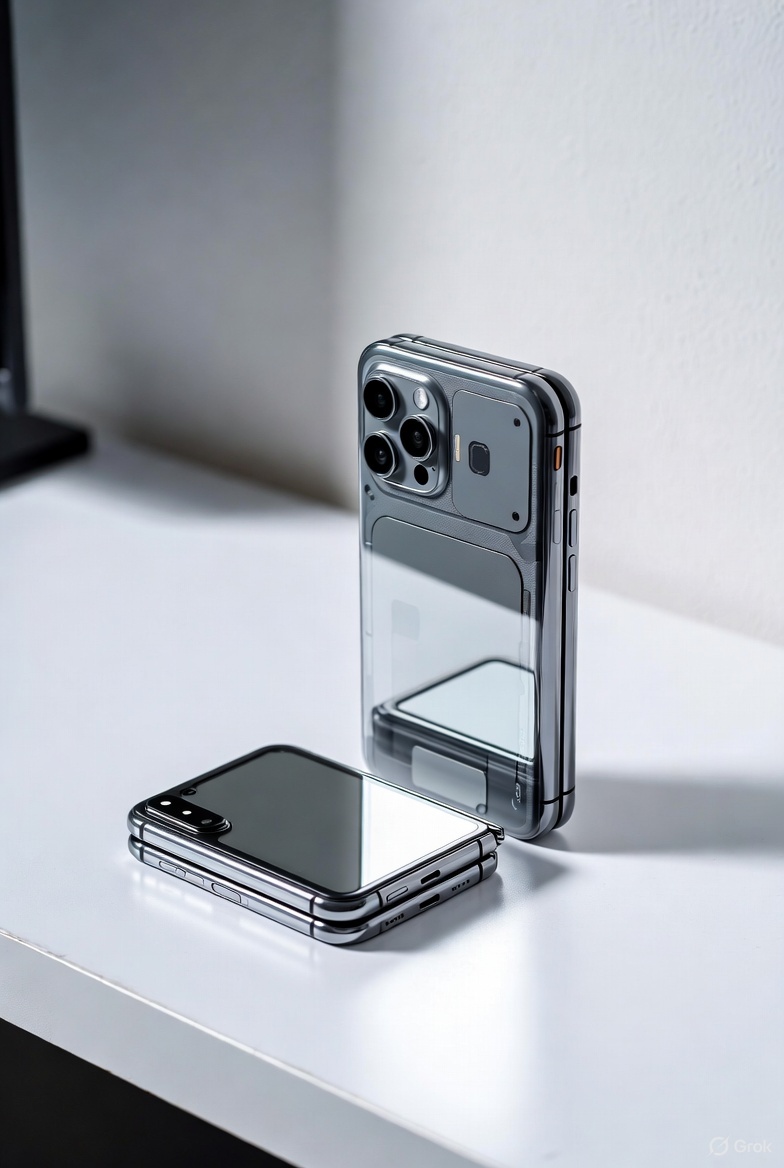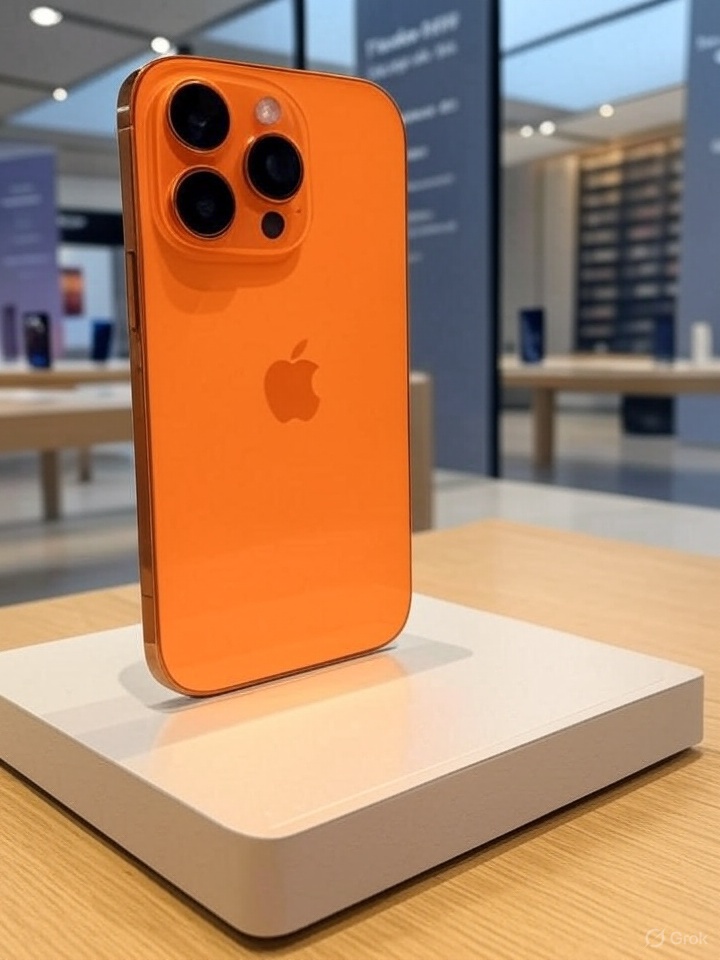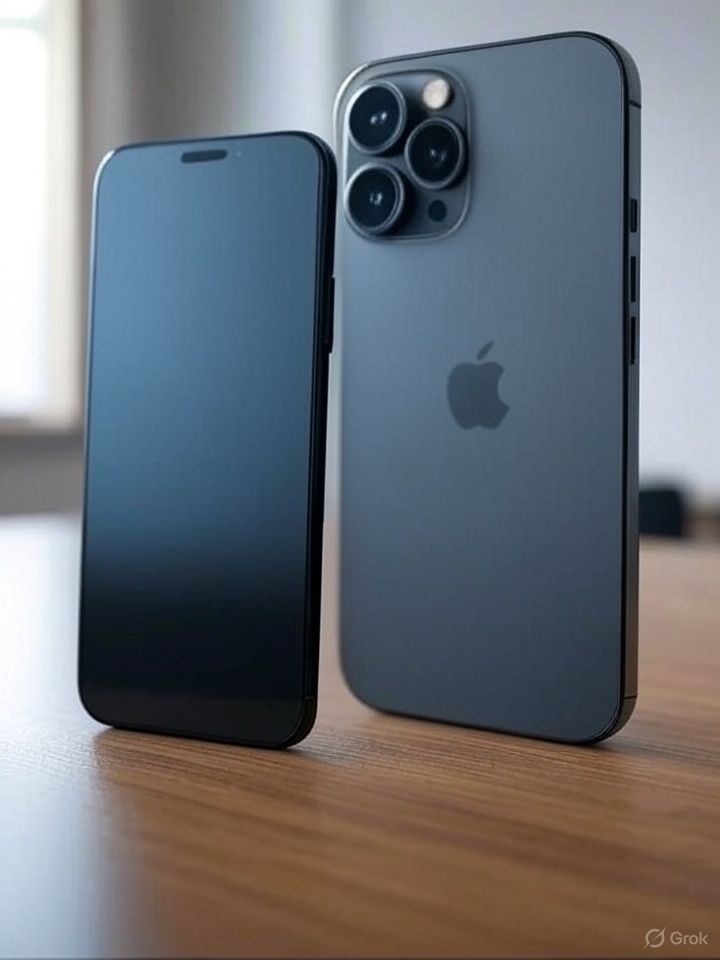
Budget Androids Outsell Apple’s Cheapest iPhone in Q2 2025
Samsung’s $200 Galaxy A16 5G and even the $110 Galaxy A06 4G managed to outsell Apple’s $599 iPhone 16e last quarter. Here’s why price, timing, and global reach reshaped the smartphone sales chart.
Counterpoint Research’s latest numbers are in, and they tell a surprising story: two of Samsung’s most affordable phones managed to beat out Apple’s cheapest new iPhone in Q2 2025. While Apple still dominated the very top of the chart, this marks a subtle but important shift in the global smartphone landscape.
iPhones Still Rule the Top Three
As usual, Apple’s flagships led the way. The iPhone 16, iPhone 16 Pro Max, and iPhone 16 Pro were the three best-selling smartphones worldwide in Q2. That dominance was expected—premium Apple devices typically capture massive global demand at launch and hold their ground for months.
But curiously, one iPhone didn’t make the cut at all: the iPhone 16 Plus. Its absence from the top ten suggests that Apple’s big-screen strategy is struggling, which may explain why the company pivoted to the slimmer iPhone Air lineup just last week.
Samsung’s Budget Phones Take Center Stage
Here’s where things get interesting: the Samsung Galaxy A16 5G grabbed fourth place overall, while the Galaxy A06 4G landed in fifth. Both models outpaced the iPhone 16e, which fell to sixth.
The iPhone 16e was designed to be Apple’s “entry-level” model, but at $599, it sits far above Samsung’s competitors. The Galaxy A16 5G costs just $200, and the A06 4G comes in around $110—a third or less of the iPhone’s price. That huge pricing gap makes Samsung’s wins even more significant.
And this isn’t just about timing. The iPhone 16e launched a quarter earlier, giving it plenty of runway to capture momentum. Instead, Samsung’s budget models, boosted by carrier promotions and Samsung’s enormous retail reach, stole the spotlight.
Why Did the iPhone 16e Struggle?
Pricing is the most obvious factor. At $599, Apple’s “budget” option still costs more than three times the Galaxy A06 4G. In many markets, especially in Latin America, Africa, and parts of Asia, that price difference is a dealbreaker.
But there’s also a value-per-dollar story. Samsung has refined its budget lineup to deliver modern features—big screens, decent cameras, and reliable battery life—at aggressive prices. Meanwhile, Apple keeps a tighter leash on entry-level specs, betting that brand power and iOS will be enough. In Q2, at least, consumers weren’t buying it.
The Rest of the Top Ten
Samsung and Apple continued to dominate the chart, but there was one refreshing outsider: the Xiaomi Redmi 14C 4G, which came in ninth. Xiaomi’s budget devices have been carving out market share in emerging regions, where cost is king. Its appearance this quarter echoes last year’s Redmi 13C 4G success.
Rounding out the list were the Galaxy A16 4G in seventh and the Galaxy S25 Ultra in eighth. The Ultra’s inclusion is no surprise—Samsung’s high-end flagship has consistently cracked the top ten during Q2 in recent years, appealing to power users who want cutting-edge specs.
What This Means Going Forward
Apple’s dominance at the high end remains unchallenged, but the cracks are showing in its entry-level strategy. If the iPhone 16e can’t hold its own against budget Androids, Apple may need to rethink its “affordable” segment. The recent launch of the iPhone Air suggests the company already sees the need for change.
Meanwhile, Samsung’s formula of broad distribution + competitive pricing + steady upgrades continues to pay off. Its Galaxy A series has quietly become one of the world’s most important smartphone lineups—outselling Apple devices in sheer unit numbers across vast regions.
And Xiaomi’s presence reminds us that this isn’t just a two-horse race. Brands willing to deliver solid devices at rock-bottom prices will continue to shape the global conversation, especially in markets where affordability is non-negotiable.
The Bottom Line
Q2 2025 confirmed what many already suspected: premium iPhones still dominate the top tier, but budget Androids are winning the volume game. Apple’s iPhone 16e failed to live up to expectations, while Samsung and Xiaomi proved that global buyers continue to prioritize value for money.
In a world where $110 phones can outsell $599 ones, Apple’s grip on the entry-level market looks shakier than ever.


